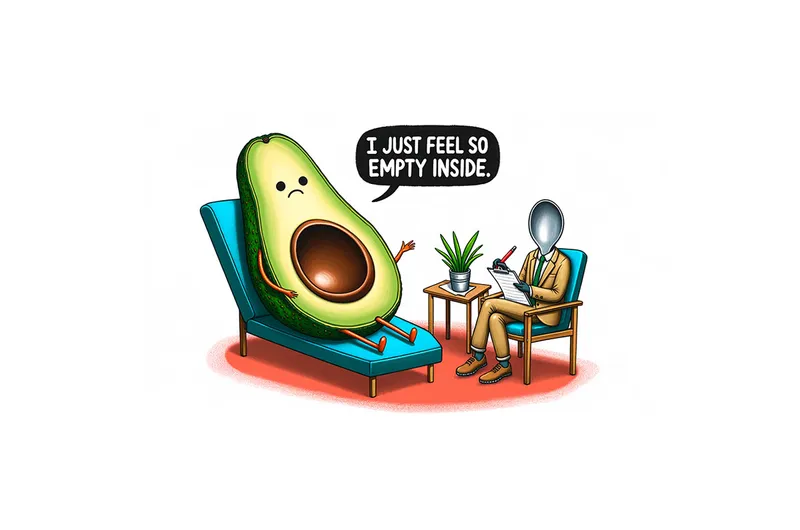For several major artificial intelligence (AI) art companies, 2023 has been a year of dodging copyright lawsuits and dealing with users’ attempts to prompt their models into showing the most extreme content possible. Clearly, OpenAI is tired of that.
Announcing its third iteration of Dall-E – the AI image generator that started way back in January 2021 – OpenAI has implemented a range of key changes, ranging from finer details in images to detailed safety checks.
When will Dall-E 3 become available?
Dall-E 3 will become available to ChatGPT Plus users in October this year. It is yet to be announced whether the model will eventually become available to free users of the chatbot.
Dall-E Key updates
A key update is to the quality of images. Dall-E 2 had a tendency to misunderstand prompts, confusing descriptions, context, or even the order of colours mentioned.
Combatting confused prompts and lack of detail, OpenAI claims that Dall-E 3 is better able to understand details and the text that users provide. Even if a prompt contains multiple objects or references.
With the meteoric rise of ChatGPT, it comes as no surprise that OpenAI has also decided to pair the two models together. Dall-E 3 will only be available to use via ChatGPT Plus – a pay-to-use tier of ChatGPT with added benefits.

This, in theory, allows ChatGPT to act like “a brainstorming partner”, working on prompts to utilise Dall-E 3. This will be especially helpful for those who need help with prompts or don’t know how to best utilise Dall-E.
If you like an image that is generated but it isn’t quite right, ChatGPT can be asked to make changes, or can be asked how to make the image fit more into a particular style.
By combining the two, OpenAI aims to get the brains and logic of ChatGPT with the creativity of Dall-E. However, as both models have been prone to make mistakes in the past, there is likely to be a learning curve as the models learn to communicate.
Copyright and safety updates
While big changes have been made to image quality and integration with ChatGPT, the latest Dall-E model has also gone all in on safety. It will decline requests for images of public figures by name and will equally decline prompts that are harmful or violent in content.
Equally, OpenAI is working on a model to identify when a piece of art was generated by its model. AI art has faced backlash for its involvement in generating misinformation. As the images get more realistic, more companies are working towards being able to identify the work that is produced.
The final major change to the Dall-E system is for existing artists. Dall-E, along with the vast majority of other AI image generators are trained on artwork taken from the internet. This opened up a major copyright lawsuit, with artists claiming their work was being taken without consent.
Dall-E now lets creators opt out of their images being used in the training of future models. This requires filling out a form with details of your artwork and agreeing that you are the owner of the work.
Extending their copyright concerns, OpenAI has also implemented a feature where Dall-E is designed to decline requests for an image in the style of a living artist – a feature that was previously possible in both original versions of Dall-E.
Read more:
